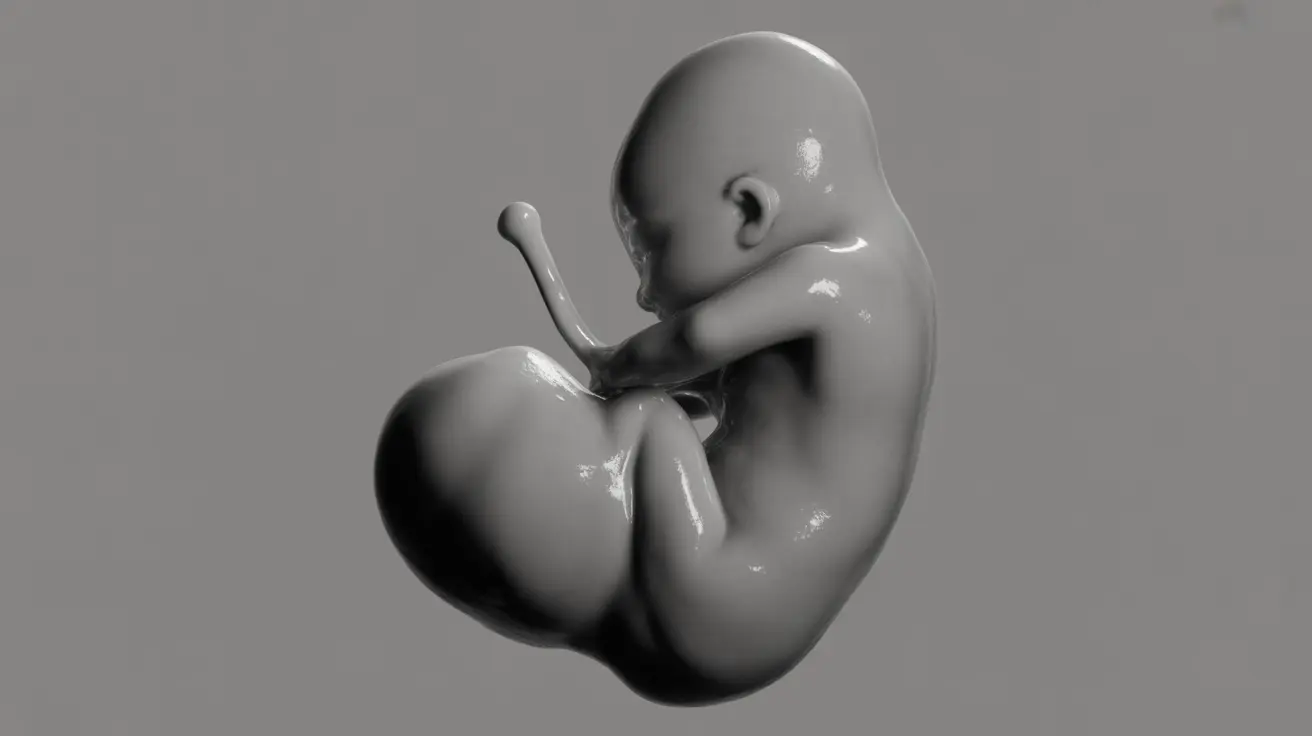For expectant parents eager to learn their baby's sex, nub theory offers a potential glimpse into this exciting revelation during early pregnancy. This ultrasound-based method examines specific fetal anatomy between 11-14 weeks of pregnancy, providing a possible indication of the baby's gender before traditional anatomy scans.
While many parents are curious about their baby's sex early in pregnancy, it's important to understand both the scientific basis and limitations of nub theory before relying on its predictions.
What is Nub Theory and How Does It Work?
Nub theory focuses on examining the genital tubercle, a small protrusion visible in early ultrasound scans that eventually develops into either male or female genitalia. The theory suggests that the angle of this "nub" in relation to the baby's spine can indicate the developing gender.
According to the theory, if the nub points upward at an angle greater than 30 degrees from the spine, it may suggest a male baby. Conversely, if the nub is parallel to the spine or points downward, it might indicate a female baby.
Technical Requirements for Accurate Nub Analysis
Several factors must align for a proper nub theory assessment:
- Clear ultrasound image quality
- Proper fetal position (profile view)
- Qualified sonographer experienced in nub theory
- Appropriate gestational timing
- High-resolution ultrasound equipment
Optimal Timing for Nub Theory Assessment
The most accurate window for nub theory analysis occurs between 11 and 14 weeks of pregnancy. Before 11 weeks, the genital tubercle may be too underdeveloped for reliable assessment. After 14 weeks, the growing fetus begins developing more distinct anatomical features, making the nub theory less relevant.
Accuracy and Limitations
While nub theory can be intriguing, its accuracy rates vary significantly. Studies suggest accuracy rates between 40-75% when performed during the optimal timeframe. However, several factors can affect reliability:
- Fetal position during scanning
- Image quality and resolution
- Sonographer's experience level
- Gestational age accuracy
- Maternal factors like body composition
Comparison with Other Gender Prediction Methods
Nub theory is just one of several methods available for early gender prediction. Here's how it compares to alternatives:
Non-Invasive Prenatal Testing (NIPT)
Blood tests like NIPT offer 98-99% accuracy as early as 10 weeks, making them significantly more reliable than nub theory.
Traditional Anatomy Scan
The 20-week anatomy scan provides about 95% accuracy in gender determination through direct visualization of developed genitalia.
Frequently Asked Questions
What is nub theory and how does it predict a baby's sex during early pregnancy? Nub theory examines the angle of the genital tubercle (nub) in relation to the baby's spine during early ultrasound scans. An upward angle suggests male, while a parallel or downward angle suggests female.
How accurate is nub theory for determining fetal gender at 12 weeks? Nub theory's accuracy ranges from 40-75% when performed at 12 weeks, depending on various factors including image quality and sonographer expertise.
When is the best time during pregnancy to use nub theory for sex prediction? The optimal window for nub theory assessment is between 11 and 14 weeks of pregnancy, with 12-13 weeks often considered ideal.
What factors can affect the accuracy of nub theory in ultrasound scans? Key factors include fetal position, image quality, sonographer experience, gestational age accuracy, and maternal body composition.
How does nub theory compare to other methods of early gender prediction like blood tests or later ultrasounds? Nub theory is less accurate than both NIPT blood tests (98-99% accurate) and traditional 20-week anatomy scans (95% accurate), but it can provide an early indication of gender when performed under optimal conditions.




